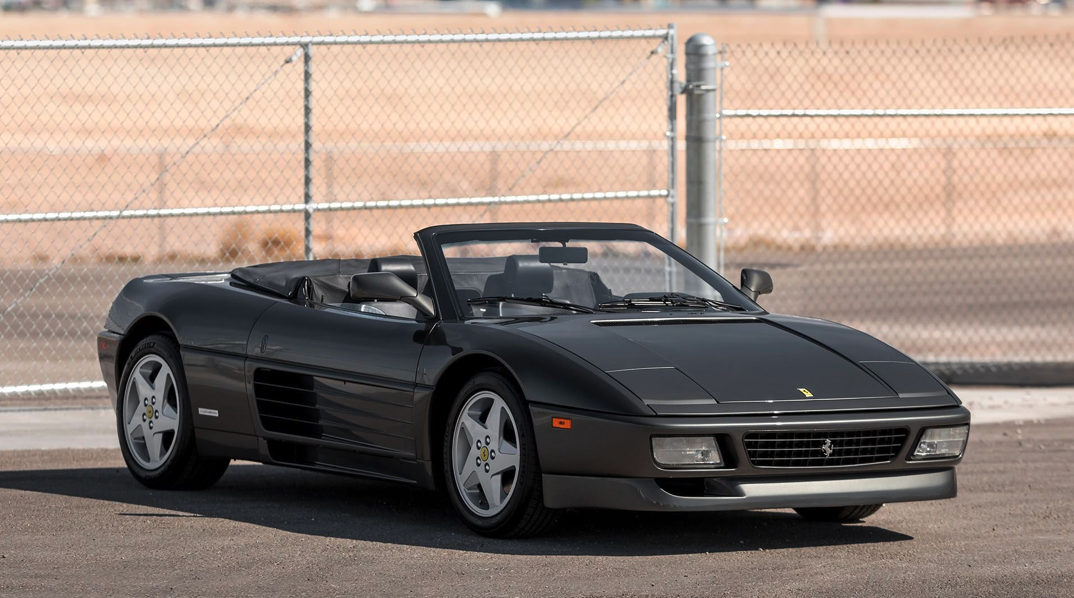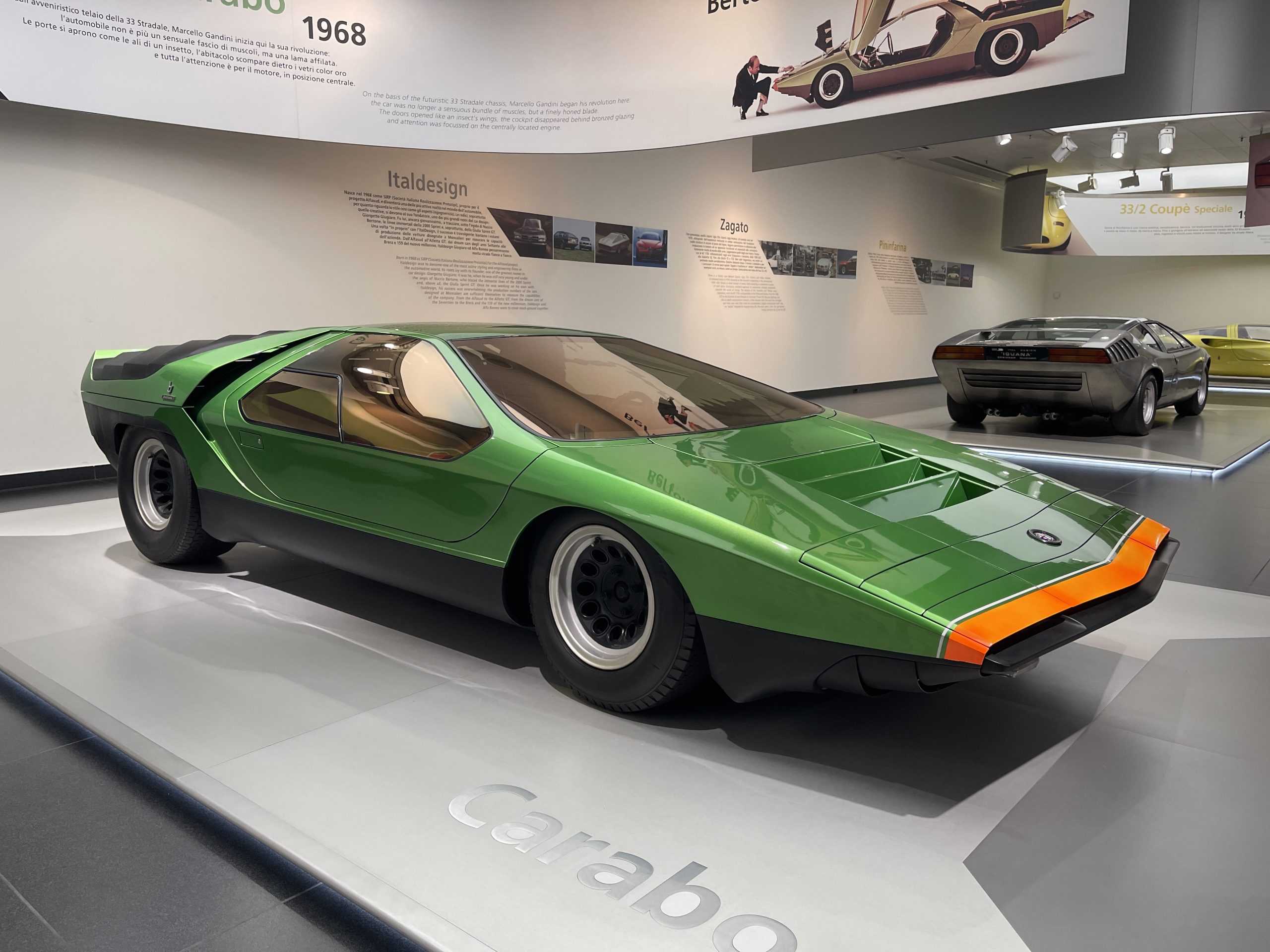High-performance crossovers are certainly a great way to pad a manufacturer’s bank account, but even the idea of a fat Ferrari four-by-four would have been enough for ol’ Enzo to take a flamethrower to his accounting department. And yet, today we have the Purosangue, the £315,000 Ferrari of SUVs.
In fact, back in the late 1960s, Enzo received and refused a request to build something a bit like the Purosangue. The order came from US casino magnate William Fisk Harrah, who certainly had the wherewithal to foot any bill Ferrari cared to charge. Harrah’s casinos in Reno and Lake Tahoe in Nevada had raked in millions of dollars, and he often indulged his automotive passions, which extended to a collection of nearly 1500 cars. But when it came to a Ferrari SUV to plow through winter conditions in the desert, things came to a head.

Enzo said, “No.”
Harrah said, “Oh yeah? Watch me.”
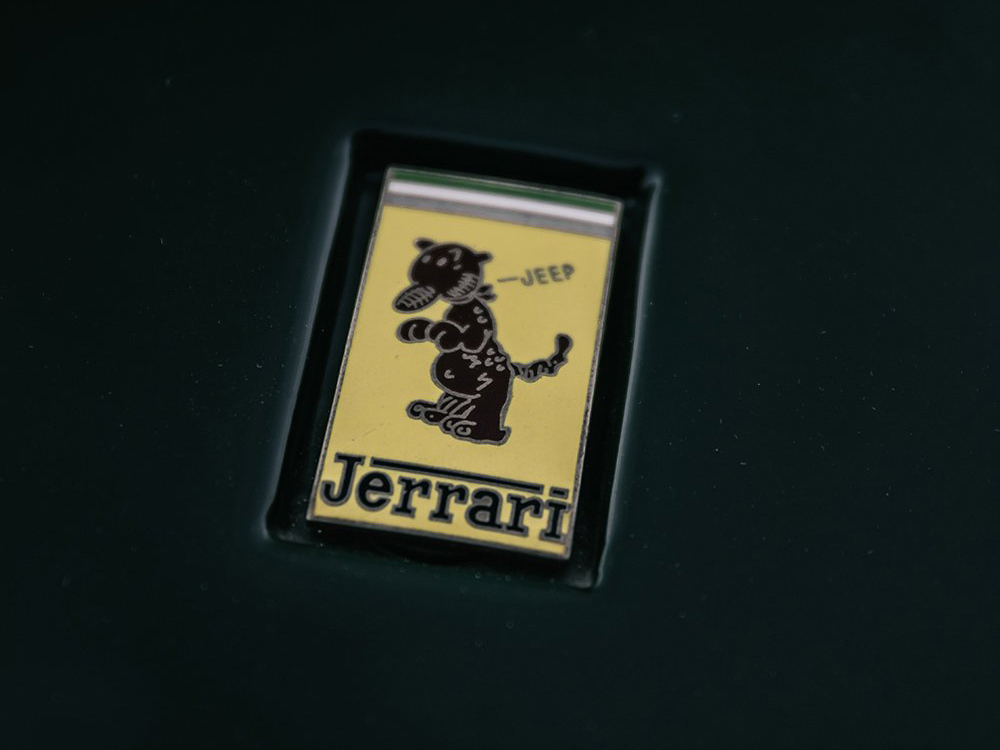
Thus, in 1969, was the first Jerrari born. Harrah wasn’t just your average rich Ferrari client; he owned his own Ferrari franchise in Reno. The unconfirmed backstory is that a lead-footed employee who was supposed to be delivering a Ferrari 365 GT 2+2 from San Francisco to Reno ran out of talent and stuffed the car into a ditch. (Presumably, he also ran out of a job.) However, Harrah had the perfect home for the front clip of the 365: a 1969 Jeep Grand Wagoneer.
Because he employed a large staff to take care of his enormous car collection, Harrah was able to take the design of the Jerrari completely in-house. Sheet metal was stretched and moulded to make the Ferrari front end fit the taller Wagoneer’s profile. The resulting car is hardly pretty. But as a millionaire’s raspberry at Enzo, the Jerrari is pretty funny.
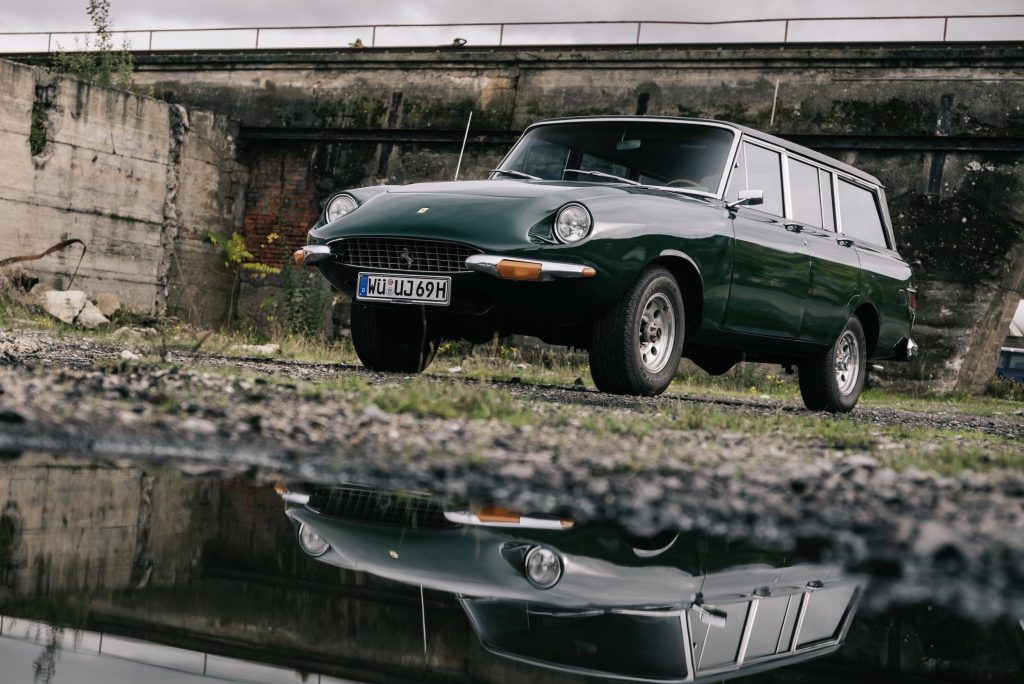
Underneath, this Ferrari-Jeep chimera was the real deal. Harrah’s mechanics had to cut the 4.4-litre V12’s oil sump to clear the front differential, but made up for the 20 per cent reduction in capacity by adding a transmission cooler up front. A BorgWarner T-10 four-speed manual transmission was used in place of the too-long Ferrari five-speed, and longer final-drive differentials were fitted front and rear. The clutch was a blend of Ferrari and Chevy parts.
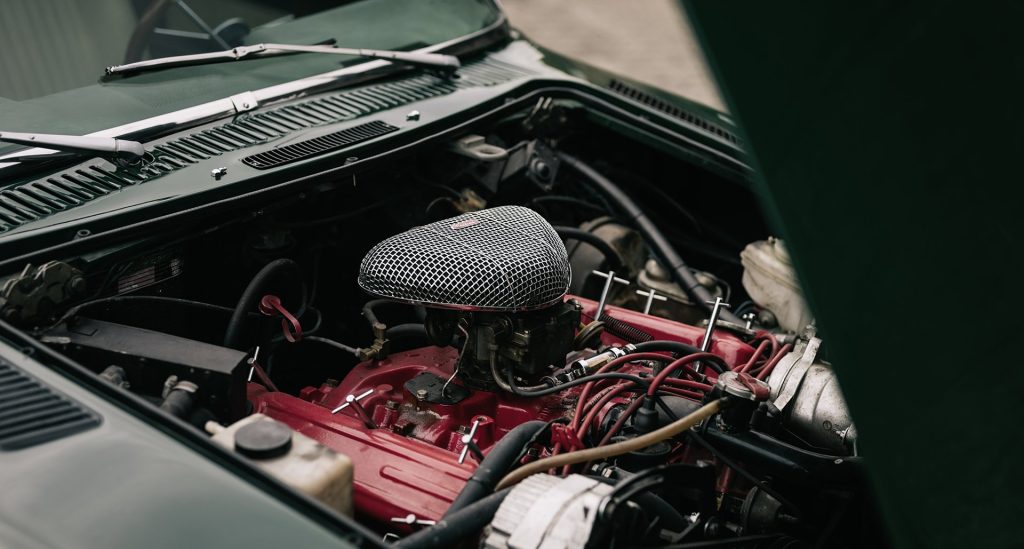
Harrah’s team didn’t touch the standard Wagoneer brakes or the suspension. In an August 1971 road test by Road & Track magazine, engineering editor Ron Wakefield rolled out the understatement, “High speed stability is, well, not impressive.” Road & Track’s testing got the 316bhp Jerrari through the quarter-mile in 15 seconds flat, despite brutally bogging off the line, with 0–60mph in the 9-second range. Top speed was an estimated 130mph, highly alarming with the vague Jeep steering and solid front and rear axles.
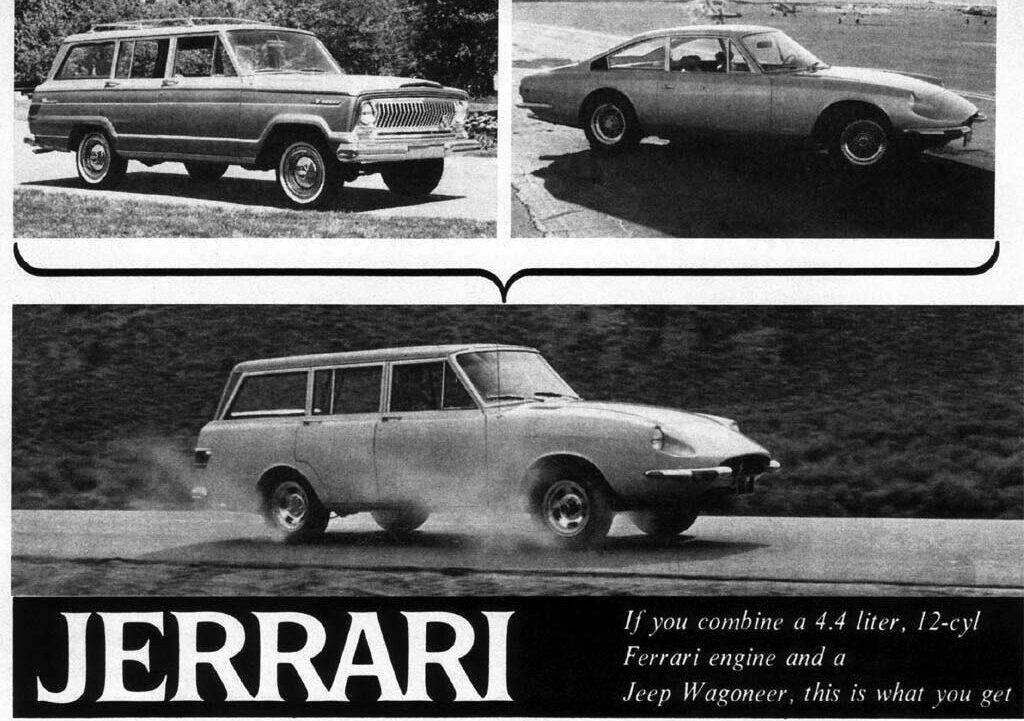
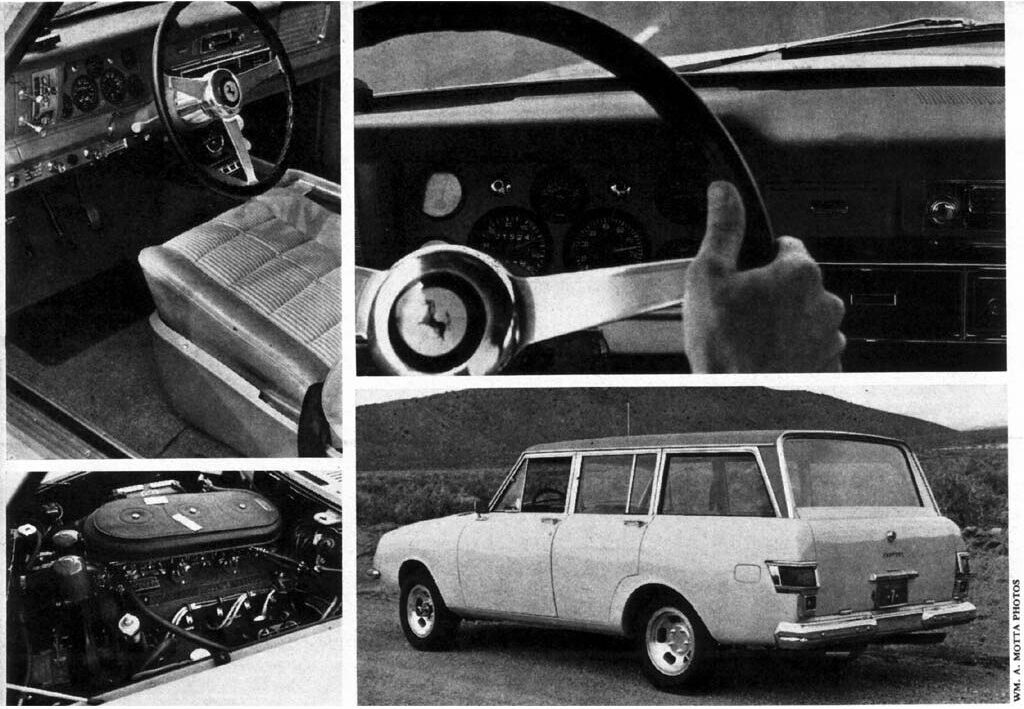
Clearly taken with his creation, Harrah drove it frequently around Reno, to the point that his security detail pressed for a less conspicuous vehicle. (Or perhaps he just tired of how darn ugly the thing was.) After the Harrah collection was sold in 1978, the original Jerrari made its way around the various auction houses, showing up most recently on eBay, in 2008. It’s now parked in Germany, converted to V8 power.
That V8 conversion took place in Harrah’s garages, because he built not one, but two Jerraris.
Out came the Ferrari V12, and it went to a Wagoneer again, this time a brown, wood-paneled 1977 model. Instead of messing around with the bodywork on this second car, the team worked to retain the five-speed Ferrari transmission by relocating dual radiators to the sides of the engine for a little additional clearance. They also installed oil coolers from a helicopter.
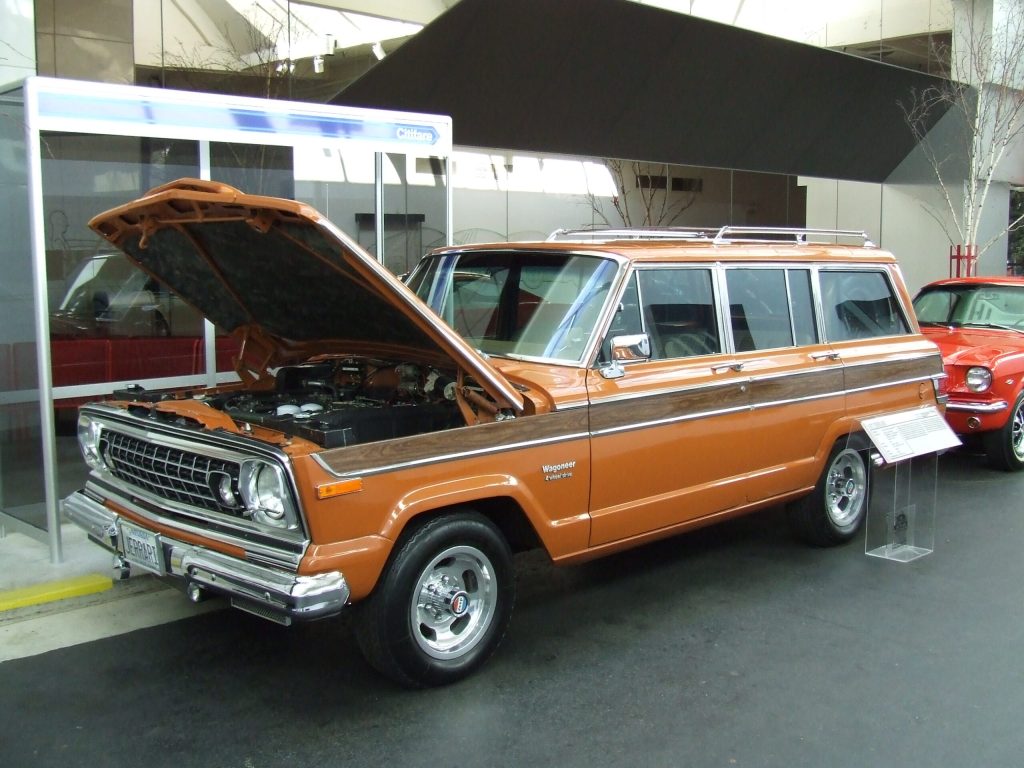
The second Jerrari was good for a claimed 140mph, but it looked completely stock, right down to the factory 15-inch wheels. Harrah had subtle Ferrari accents scattered throughout, and even a hidden radar detector installed. There’s an apocryphal story about him racing a helicopter to Reno on a bet – and winning.
You can find the second Jerrari at the Harrah Collection in the National Automobile Museum in Reno. After Harrah’s death, most of his cars were sold at auction. However, public outcry led hotel chain Holiday Inn, which had acquired the collection, to donate about 175 vehicles to help establish the museum.
As it stands, either Jerrari is everything the Purosangue is not. The first one is a bit of an eyesore, but it was an incredibly audacious project. It’s the kind of undertaking that required not only wealth, but drive, determination, perfectionism, and a sense of humor.
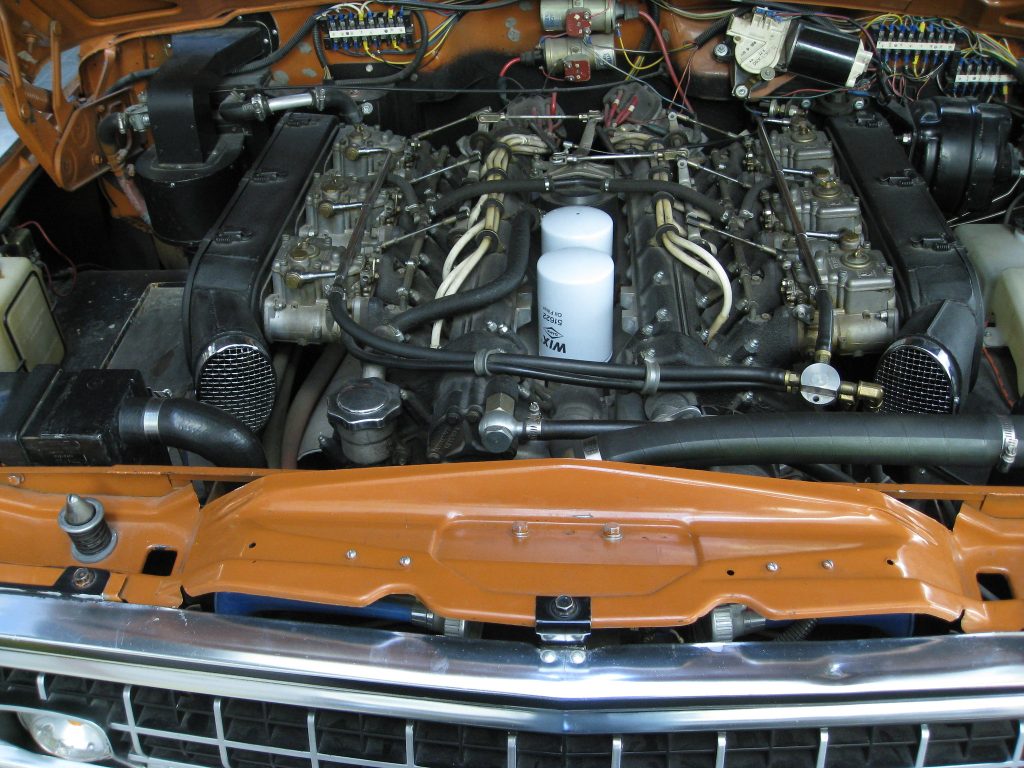
The second Jerrari is also a surprisingly well-executed idea. It’d take far more bravery to pilot it at close to its 140mph top speed than it would take to kerb the Purosangue’s rims outside some fashion boutique on Rodeo Drive.
So go ahead, Ferrari, build all the super SUVs you want. Sure, they’re fast as hell, capable in poor weather, and incredibly expensive. But they don’t have a quarter the soul of Harrah’s Jerraris.

